In many Native American tribes, a dream catcher is a handmade willow hoop woven into a web or literally, a net. They can include feathers and beads, and they're traditionally suspended on cradles as a form of armor and protection.
Dream catchers are widely viewed as a symbol of oneness among numerous indigenous cultures and tribes. They're also generally looked at as an indication of Native American identity. However, some Native Americans believe dream catchers have been appropriated and offensively exploited by non-Native Americans.
In this post, we'll cover the history, meaning and symbolism of the dream catcher, the legend of the Spider Woman, plus the different types of hoop designs, beads, feathers, and tons more!
Related Article — How to Make a Dream Catcher
History of the Dream Catcher
Dream catchers can be traced back to the Ojibwes. The Ojibwe people started the trend and over time, dream catchers were adopted by other tribes, cultures, and even nations. This adoption was made possible through the process of intermarriage, trade, or both.
Dream catchers became widely accepted by Native Americans in the 1960s and 1970s as a result of the Pan-Indian movement.
It is believed that dream catchers originated with Asibaikaashi, who was known as the Spider Woman. She was a custodian of all of the Ojibwe infants and adults. However, in time it became a difficult task for her to take care of all of the Ojibwe people as they started spreading out across different regions of North America.
To help, the Ojibwe women started weaving magical webs for the infants. They used willow hoops and sinew to weave them, and they gifted them to the Ojibwe children as a medium of protection. These charms hung above the children's beds to catch any bad dreams or other harm that might be present.
Dream Catcher Meaning
Each part of the dream catcher had meanings tied to the physical world. One notable meaning is the dream catcher has a round shape that represents the earth's spherical character.
The web absorbs bad dreams at night and discharges them during the day.
The feathers, on the other hand, act like ladders allowing good dreams to descend on the infant or adult who is sleeping.
Native American Symbolism
While dream catchers have become widely popular phenomena outside the Ojibwe indigenous people, and even extended beyond the Pan-Indian communities, there are multiple types of dream catchers. Upon close examination of these dream catchers, you can still see that they bear some resemblance to the traditional ones—even the ones with feathers.
However, these resemblances are few and far between. There is still a sizable gap between the original and modern ones. These new styles are made, sold, and exhibited by non-Native entities, which is considered, by some, to be a violation of the culture, beliefs, and traditions attached to the traditional dream catchers.
This has made it very daunting to find authentic dream catchers with real beads and feathers. In recent times, they have been said to be more American than Native American. They are made of cheap materials, and usually oversized.
Shop Etsy for Native American-made Dream Catchers!
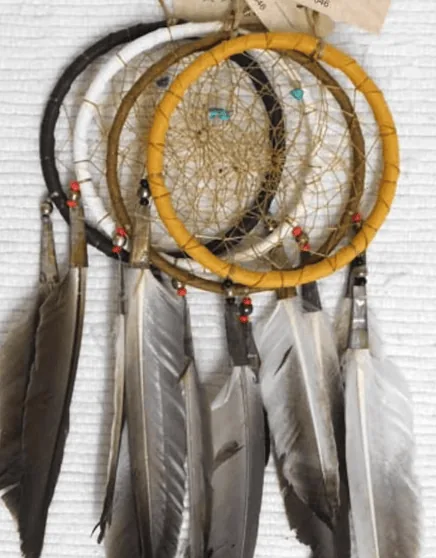
PowWows.com earns commission from Etsy.com
Modern Uses
More recently, dream catchers have been used as a shared symbol of hope and healing.
For instance, the Little Thunderbirds Drum and Dance Troupe from the Red Lake Indian Reservation in Minnesota has traveled to other schools that have experienced loss and school shooting and gifted them with a dream catcher. The dream catcher has now been passed from Red Lake to students at Columbine, Colorado; Sandy Hook, Connecticut; Marysville, Washington; Townville, South Carolina; and Parkland, Florida. While no symbolic gesture can reverse the atrocities committed in these communities, the dream catcher continues to be a powerful symbol of unity for the people affected by these tragedies.
- DIY DREAMCATCHER. This girls’ arts and crafts kit will unleash your tween daughter’s creativity and artistic talents while guiding them through crafting their own beautiful dream catcher!
- HELPS KIDS DEVELOP REAL WORLD SKILLS. The DIY Dreamcatcher helps young girls develop fine-motor, visual, and general motor skills - all while having a blast and expressing their creativity!
- EVERYTHING INCLUDED. This wall art kit includes everything your child needs to create a unique piece they’ll be proud of! Includes hoop, threads and ribbons, beautiful beads, butterfly pin, and hanging materials
- GREAT GIFT IDEA. Make It Real’s developmental toys make great gifts for girls and tweens, helping them to develop skills that will allow them to succeed as the future leaders and makers of tomorrow
- PERFECT FOR AGES 8+
PowWows.com earns commissions from Amazon.com
Last Updated on February 18, 2024 by Paul G
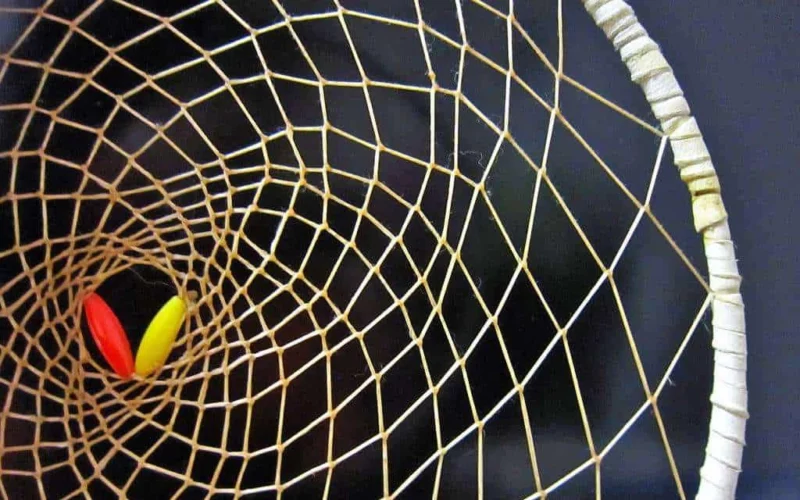
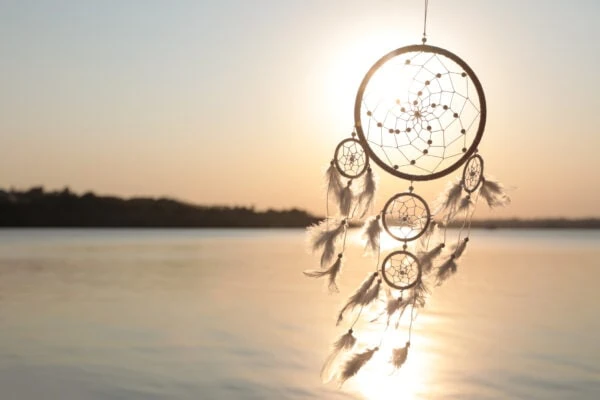

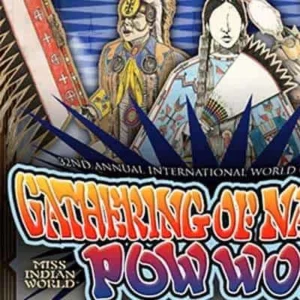

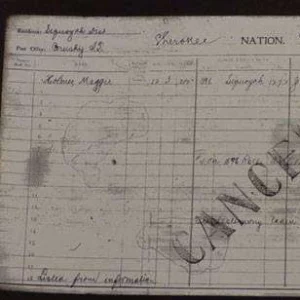
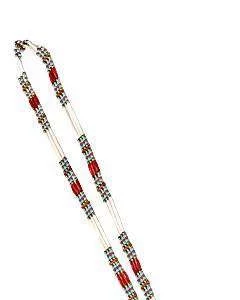
Paige
says:Fly swatters for horses cuz it’s good luck to not be sitting on a spooked horse.
DAncker
says:A correction needs to be made regarding Red Lake gifting dream catchers to schools that have experienced loss from a school shooting. Sandy Hook Elementary School is in Connecticut, not Marysville.
Svoi Kyrgyz
says:I wonder if the origin of the native American ‘dream catcher’ design and concept in fact came from far away and long ago – the Kyrgyz tribes in Altai, southern Syberia, Russia, as well as Tianshan-Pamir migration routs of the Kyrgyz. If you take a look at the Kyrgyz TYNDYK (the wheel like an up-ward window) on the top of their tipi (called ‘yurta’) you will notice obvious resemblance to add to the other anthropology and history facts (photo here: https://avatars.mds.yandex.net/i?id=4eaa4b988719f6e6448edd42d9ef112fd0d30493-8194355-images-thumbs&n=13 ).
The ‘tyndyk’ is reinforced by 6 or more curved and crossed sticks (3 + 3) as wooden structural elements. Plus, shamanic talismans were often fixed at the “wheel” edge, which then looks pretty much like the native American ‘dream catchers’.
Finally, the concept of the ‘dream catching’ wheel then arrives from that crossed and shaman decorated window – tyndyk – which itself is placed on the very top of the tipi (yurt) so as at nights we see the stars and dream well. Just wondering.
Dreamweaver
says:I am Ojibwe. My book explains the history and metaphysics of the dreamcatcher. Please read it before buying or making a dreamcatcher. Thank you.
https://www.barnesandnoble.com/w/diary-of-a-dreamcatcher-lori-ann-grace/1141258425?ean=9780578392233
Lema
says:Native American are not the only culture who has these. Siberian people have their own and I’m sure if people opened their eyes outside of the United States they would find more cultures who do. Do some homework outside of your own people and stop creating negativity in societies.
Shawna Gee
says:GOT IT ✔️ 😆 🤣 😂
John
says:RIGHT ON
james hafner
says:i have two dream catchers in my bed room i got them sent to me at first i did not think they work but lately i have been do lot dreaming which is good kind regards james hafner queensland australia
josie
says:Like why get offended over someone using it? I’m half eskimo, I dont see white getting offended at me using their creations and inventions?? I think its beautiful to share cultures. also, yes I say eskimo. once I had a white person offended that I used that word. they said it’s an offensive word and I should say inuit. eskimo translates to raw meat eater. its sort of true, I do enjoy raw sushi, I’ll eat raw liver, etc; no need to get so offended or upset! it makes me happy when my culture is represented!
BConnolly
says:**Sandy Hook, Connecticut
DAncker
says:Good call, BConnolly. Hopefully the author of this article will make the correction and update this site.
clinton
says:? does colors of dream catchers matter and if so why
Yvonne Hernandez
says:My name is Yvonne Vera Hernandez. I am a High School math teacher. I want to make dream catchers but incorporate Algebra 2 into the making of the dream catcher. Is it possible to get an idea of a site that shares traditional making of these, the sizes, and so on.
quality web
says:hey, How do I find an authentic dream catcher and not some cheap thing made for tourists?
Monkey feet
says:Go to a powwow or a reservation.
Ruby Mora
says:I have some. If you’re interested let me know.
San Juana Guillermo
says:ruby I am interested in some authentic dream catchers. I am gifting them to my children and grandchildren on their birthdays
quality web
says:The women were in charge of weaving the magical webs for the infants.
Clopin
says:dream catchers should look like spider webs not the flower of life pattern.
Van
says:Would someone be able to learn the tradition and ask permission to make dream catchers?
Carron Woodrum
says:Isn’t the notion of “dream catchers” more of a modern thing? What do the original Ojibwa dream catchers look like?
Belle M Harmon
says:How do I find an authentic dream catcher and not some cheap thing made for tourists?? I have always suffered for horrific nightmares and would like to find one to see if it helps me.
Paul G
says:Look here – https://www.facebook.com/groups/powwowtradingpost/
Trista Olsen
says:Its an old Ojibwa tradition, said to be handed down from Spider Woman.
Amber Woolsey
says:How big should a dream catcher be?